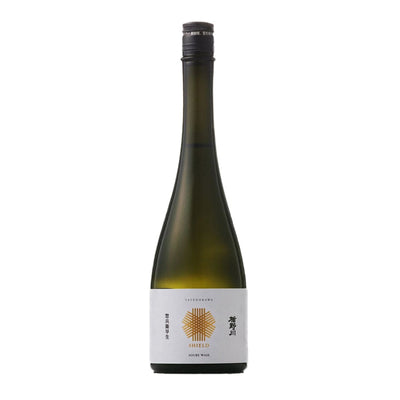Types of Sake Rice: Gohyakumangoku and Its Characteristics
Gohyakumangoku Sake Rice
Gohyakumangoku was born in 1938 at the Nagaoka Head Office of the Niigata Prefectural Agricultural Experiment Station. In 1944, the strain was named "Kousei No. 290," but the research was temporarily suspended due to World War II, and in 1956, the first test brew was made, and the following year, in 1957, the strain was named "Gohyakumangoku" in commemoration of Niigata Prefecture's rice production surpassing 5 million koku (Japanese unit of volume, 1 koku is around 150 kg).
Gohyakumangoku is a fast-growing, early-season variety developed to suit the climate of cold regions. Gohyakumangoku is a smaller grain that is not suitable for high polishing rates, but it has a large shinpanku (starchy heart of the grain) that allows the koji mold to penetrate easily. Unlike the thicker Yamadanishiki and Omachi varieties, Gohyakumangoku is a little harder and has a crisp and clean taste compared to the rich and often full-bodied sake made with Yamadanishiki. It has a strong core and is the perfect rice for brewing the light, dry sake, symbolic of the Niigata style.

Yamada Nishiki (left) vs. Gohyakumangoku (right)
Nowadays Gohyakumangoku is cultivated all across Japan, with its highest producing regions being in the northwestern prefectures of Niigata, Toyama, Ishikawa, and Fukui. It is the second most produced sake rice after Yamadanishiki, and is one of the two top sake brewing rice varieties.
Recommended Sake Made with Gohyakumangoku
Founded in 1754, Tsuji Zenbei Shoten is a traditional sake brewery that has been brewing sake in Tochigi prefecture for more than 200 years. While preserving the history and tradition, they have always adopted the latest technologies, and their Junmai Ginjo is brewed with local rice and water. With the slogan, "homemade taste is possible because we are small", they aim to brew sake with the unique taste of Tochigi in close contact with the local community.
To experience the crisp and clean taste of Gohyakumangoku, we recommend trying their Junmai Ginjo, a sake with a rice polishing ratio of 53%. The middle part of the sake, which has the least amount of odd flavors, is bottled without any heat treatment. The aroma has a hint of fruitiness, and the palate is crisp, fresh and refreshing. It does not interfere with food at all.
















Leave a comment